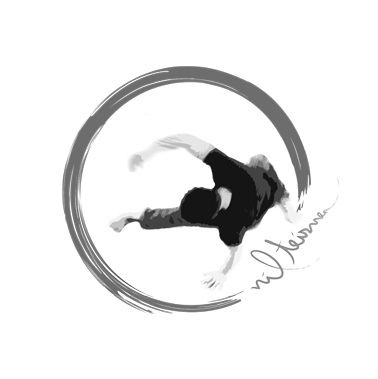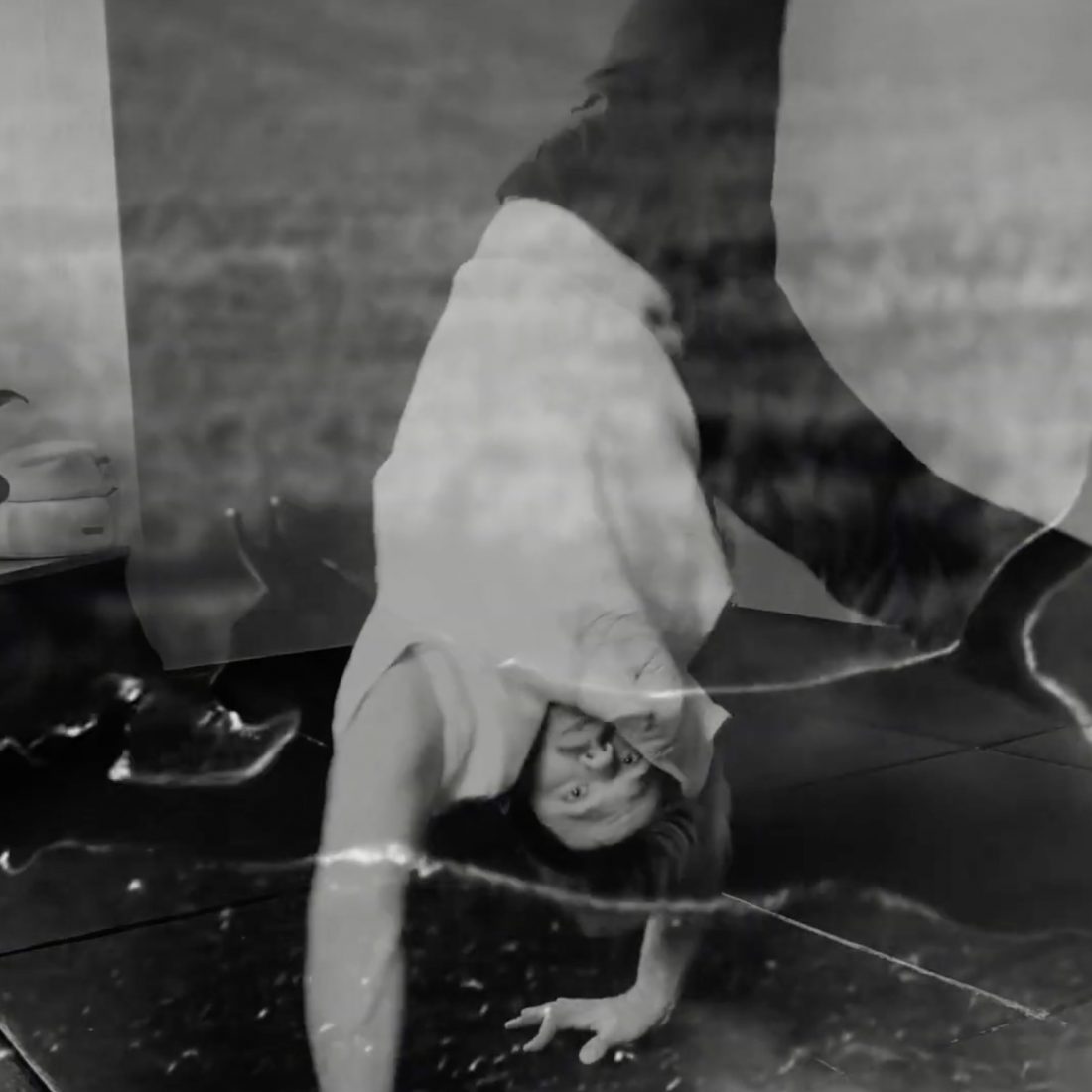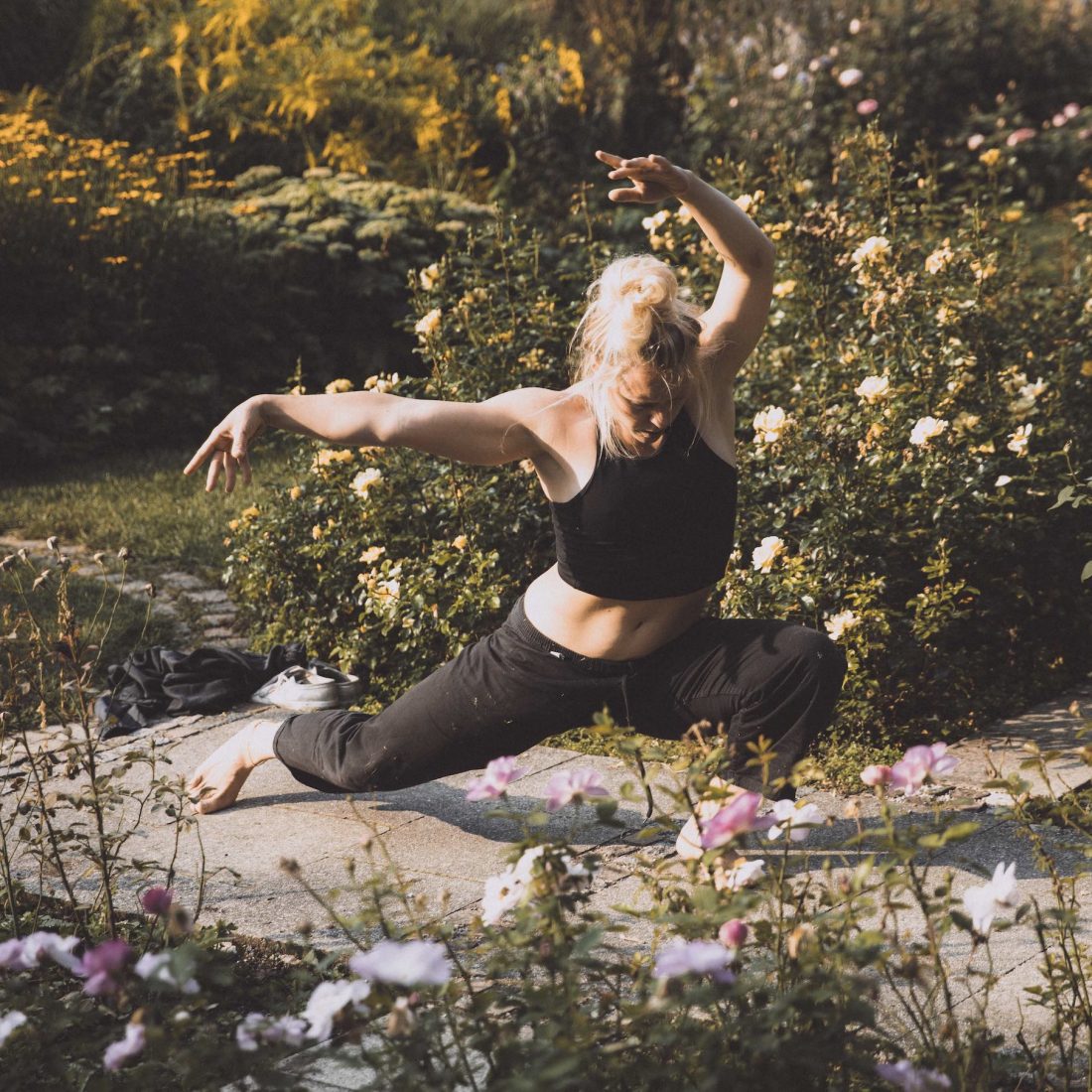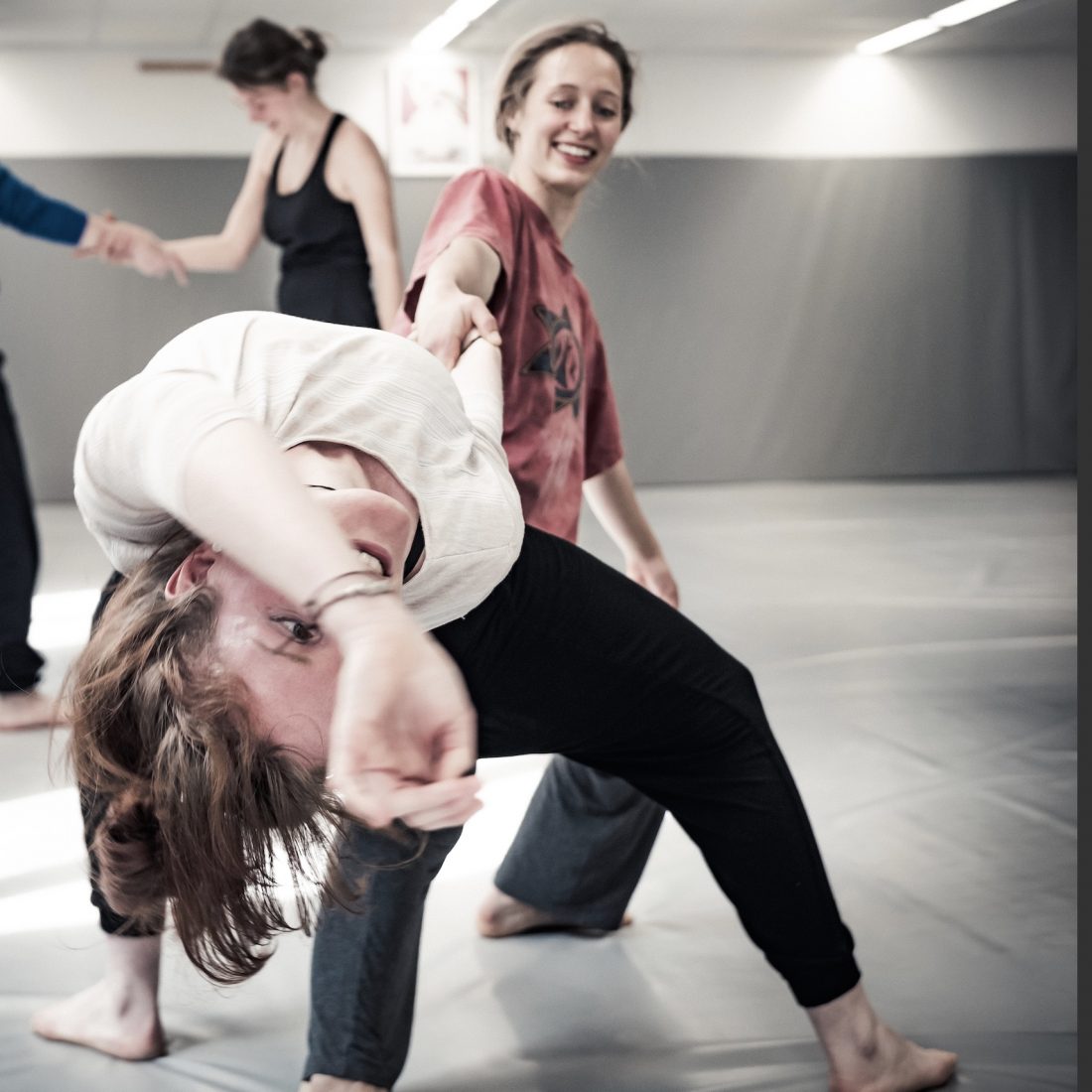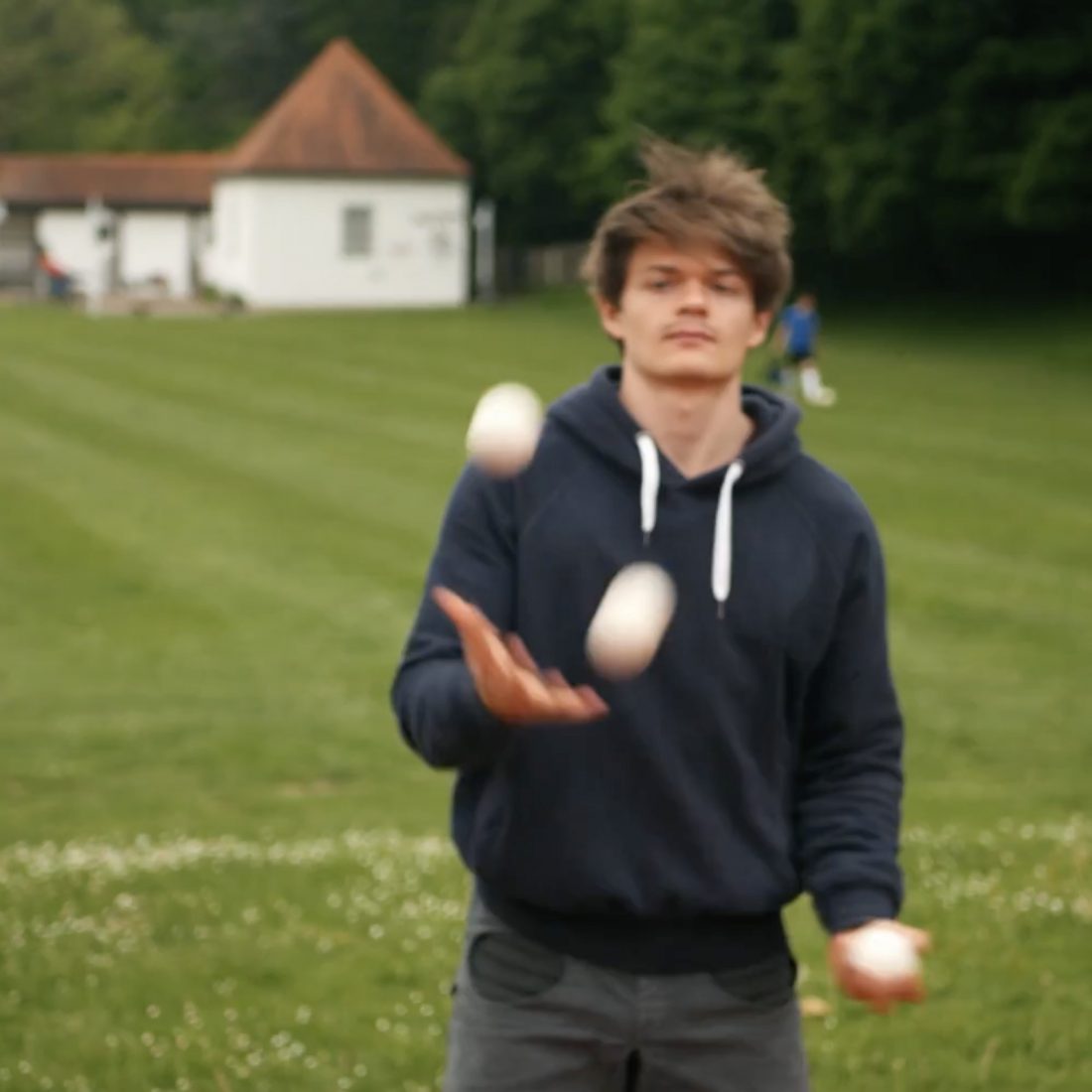Movement Inspiration & Imagination
Why should you even bother trying to imagine you are an animal or anything else than a human in general? What could be found in such an imaginative practice?
Imagination opens doors to a world full of boundless inspiration and joy. When I immerse myself in this world, I can experience myself anew and explore other traits of myself. I momentarily leave our “reality” and enter a state where the only limit is my own imagination. In this world, it doesn’t matter what skills I have or what I can do, it doesn’t matter how I perform or what expectations I meet. I can try and experiment, I can change my perspective and see the world through the eyes of a jaguar, for example. Instead of moving through an empty studio, I can sneak through a dense jungle and acquire exciting and vivid qualities through that alone.
For me personally, vivid is the key word here. Since I have not only been working on pure skills in my practice (e.g. Cartwheel) but have been trying to change the quality, the HOW of a skill through imagination exercises (Jaguar sneaking up on prey in Cartwheel), new ways of moving have been revealed to me which are based on personal experience and connection and which have a deeper meaning. When I do this new cartwheel, it doesn’t feel like just a skill – a container without content – but very vivid and full of details – a container filled with memories, feelings, ideas.
It is very important that the imagination is based on my own experiences. So I choose images with which I feel connected. Maybe for you it is not a jaguar, but an eagle or a mouse. Maybe it’s not an animal, maybe it’s the thought of water.
As I said, imagination has no limits – which does not mean that it is immediately accessible. Like everything else, it takes practice for the images to become more and more real and vivid.
To conclude this topic for now, a few words from a great artist:
“Everything you can imagine is real.” – Picasso
The insecure spider
Was the Motto of this little impro a while back in Portugal at intensive practice week.
Basically we tried to find a quality which is connected to crawling, direction changes and ”odd“ movements.
I often propose for myself or others a motto, it keeps things interesting and opens an opportunity to look at same things a different way.
We enjoyed it!
As you might know I draw a lot of inspiration for my practice from nature and especially the animal kingdom. One animal or family of animals I feel especially inspired by are felines. The gracefulness and power, the elegance and suppleness, the wild and the lethal, the playfulness of their movements provokes something inside of me which I feel very connected to.
This year I have been researching a lot how I can integrate such qualities into my movement and what outcome this produces. I won’t give you any insights into what I found out but invite you to study for yourself. Amongst many drills and tasks here are some of my favorite ones.
Grow claws and a long tail, shift your weight to create potential, attack and observe with your eyes.
Obviously, any other animal or image could be as interesting as this one. Maybe you will find a personal image that keeps inspiring you and seems connected to you.
The Boneless Skin-Only Alien
Or: Spinal Awareness, Head-Pelvis Connection and Suppleness
I have been researching within my practice of acrobatics, dance and improvisation a certain quality a lot which I connect to the image of said Alien. The research consciously started while working with @tomweksler on a quality he calls “squeeze“: activating a larger amount of muscle while moving. While working on this quality I immediately felt connected to it and noticed I have been using a similar quality mostly unconsciously when practicing spinal articulations and generally when moving in way to “self massage“ from the inside. Since Tom introduced me to his squeezing quality, I have been adding personal experience and meaningful information in order to integrate this quality deeper in my own practice. The outcome is “The Boneless Skin-Only Alien“.
In this video I am sharing some ideas that are connected to this concept and some drills which could be seen as a container in which you could place said content (the quality). The quality could be relevant in many other disciplines and I invite you to study this for yourself. What exactly you will get from the study you will have to figure out, I personally feel that practicing this quality can reward me with more suppleness, spinal awareness and relaxation and on top of that plenty of inspiration for deepening my practice.
What? While moving lie full awareness on spine and especially connection from head to tail. I personally like to engage my center (corset around torso) and let the movement originate from there. Be aware of the sensation around your skin and how moving this way massages your muscle from the inside. See how this study affects fluidity and connectivity in your body.
Having the possibility to explore and fail
In my current personal practice there is no need or pressure to perform, compete or fulfill certain guidelines (I mean there is gravity, potential for injury and stuff like that that I need to respect). Because of that I have a lot of freedom to express myself in as many different ways and forms as I want to.
In this Demonstration I played with the idea of not having bones, just skin and musculature.
The outcome is a very special quality that is very interesting and intriguing. At other times I played with different qualities/ways of doing which led into nothing. No inspiration, didn’t work!
And that is great. Being able to experiment and not having to fear failure is very freeing.
I think practicing exploring over and over leads to more curiosity for a given subject. And curiosity is what I thrive on.
Not only in my physical practice but in many aspects of live I feel this very deep curiosity and interest to see what lies beyond my current understanding/knowledge/experience.
Having the possibility to explore and fail Pt. 2
In my last post I described how much freedom I get by experimenting through my movement practice without needing to fear failure.
Very important to add now is that this concept can be applied to many disciplines BUT depending on WHERE you want to go or WHAT you want to achieve, this open exploration may be used more or less. If there are certain rules that you have to follow, using an open exploration like this can add value by opening new ways of looking at things BUT can also very much hinder your progress.
You can see in this video that many if not all of the tricks/moves I tried where quite sloppy and that’s fine, since this was NOT about going for technical quality. Here I tried to play with the idea of going for something, noticing what I was doing and last second trying to go for something else. Very interesting and quite hard.
